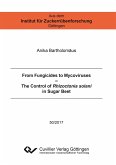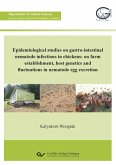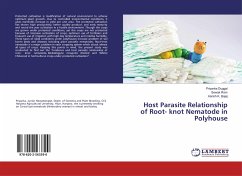A detailed investigation of sugar beets differing in tolerance and resistance properties at fields with varying Heterodera schachtii infestation in Northern Germany was conducted. The effect of nematode infestation on water consumption, nitrogen uptake, yield and water use efficiency (WUE) of susceptible, tolerant and resistant sugar beet varieties was studied. Varietal differences in WUE were primarily associated with differences in yield. Yield of all varieties decreased with increasing nematode population while the susceptible variety showed the steepest decline. Nitrogen status of all varieties was reduced at very high nematode infestation. Further objectives were to investigate the effects of catch crop cultivation (nematode resistant mustard (Sinapis alba L.), catch crop mixture, straw mulch as control), nematicide application and the cultivation of sugar beet varieties on population dynamics of H. schachtii and sugar yield. Establishment of a sufficient catch crop stand was difficult under Northern German cropping practices. Thus, a significant nematode reduction by cultivation of mustard compared to straw mulch was not achieved. In this study, the resistant sugar beet variety showed the best nematode control while maintaining a high sugar yield. Catch crops and nematicide application had no effect on population dynamics of H. schachtii.








